If I ever have to decide upon a “last supper,” it will be ribs – probably accompanied by cheesy pasta of some sort and a decedent crème brulee, but that’s for other blogs - today we dedicate to the meaty, smoky, tender, fulfilling, messy rib.
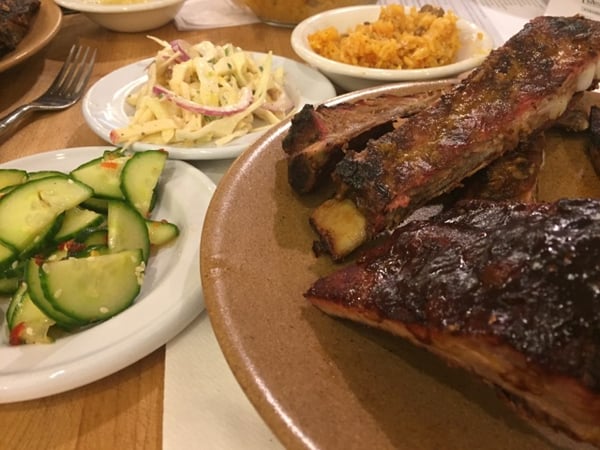
As you may know, there are several types of ribs. Whether they differ by what animal they come from (pork, beef, lamb, etc.) or the part of the rib cage they actually are cut from (baby back, St. Louis, spareribs, tips, rib roast, even country ribs – although those are a bit different in that they are not actually from the ribs), I believe them all to be absolutely delicious.
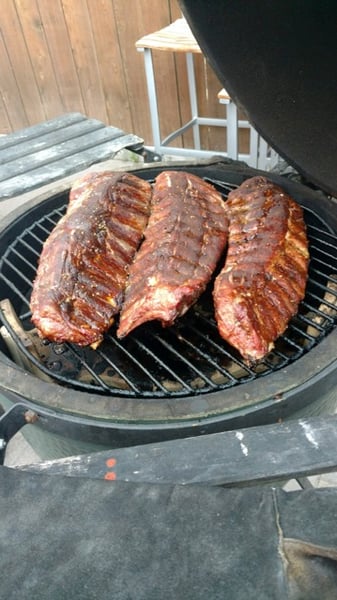
Because I could go on for days about the delectability of ribs, we’re going to have to narrow it down to focus on two of my favorites, and perhaps the two most well-known: baby backs and spareribs which are both pork meat. Baby backs are named as such due to their shorter rib size in relation to the sparerib and are typically in higher demand than the sparerib. Blame it on Chili’s marketing? Or the fact that spareribs can tend to be fattier. However, ask any good chef and they’ll tell you fat = flavor, so you can’t really go wrong on with either cut (and if you take The Chopping Block's Global Ribfest grilling class, you’ll get to prepare and eat both, side by side, so perhaps you can determine your favorite once and for all).
If you’re going with baby back ribs, you’ll want that nice “bark” across the top, the dry (in the best sense of the word), crispy goodness, gained from rubbing and smoking the rack.
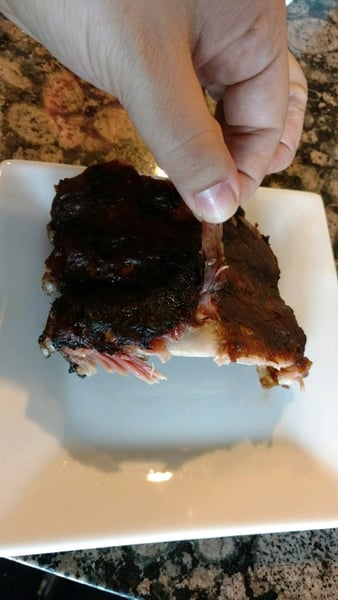
Our in-house dry rub calls for salt, brown sugar, ancho chili powder, smoky paprika, cinnamon, cumin, onion flakes and garlic flakes and gives the meat a mostly savory, slightly sweet, but definitely with a kick flavor. While this style of rib is often served with a side of BBQ sauce, I’m a purest in the sense that I really like to taste the meat (and the rub) itself and therefore, do not elect to eat mine with sauce. If that's your path as well, you will need some type of marinade for the initial basting to ensure the ribs don’t completely dry out. Regardless of condiment preferences, you are going to cook these low and slow over indirect heat. Here's a step-by-step guide.
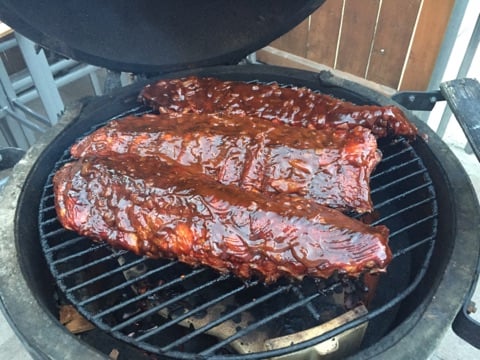
Alternatively, if you’re looking for a juicy, fattier rib, spareribs should be your cut of choice since they are cut from the belly of the animal (imagine them as the ‘next door neighbor’ to pork belly… aka bacon… aka amazing-ness). Instead of a dry rub this time, you'll want a wet marinade and instead of indirect heat, you'll initially place these ribs over a hot grill in order to sear in the juices of this more robust cut.
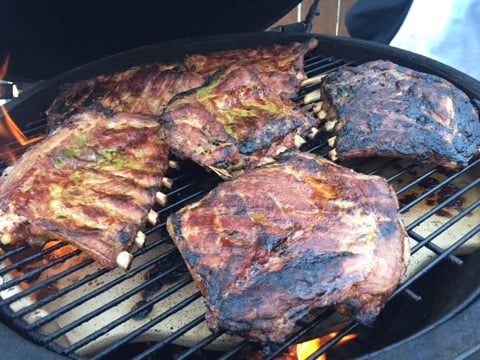
Upon caramelization, you will eventually move the ribs to a cooler part of the grill but since we do not have to worry about burning any of the spices from a rub (like you would with baby backs), this style of rib can stand up to the initial high heat because of the fat that insulates them) Again, the sauce you choose to baste and ultimately serve it with is up to you but it should go along with the flavor profiles of your original marinade and you can certainly have some fun and get creative with it (think: Thai Coconut Curry or Teriyaki Glazed).
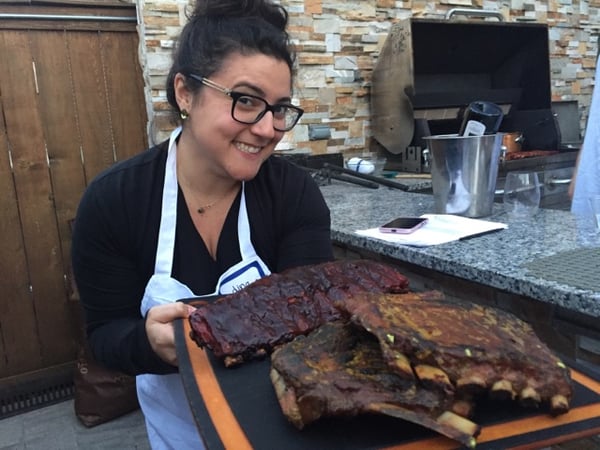
As you can hopefully gather by now, you can’t possibly go wrong with either cut of rib, and I encourage you to experiment with cuts and ingredients until you find your favorite method and style. Chef Sara Salzinski demonstrates yet another technique involving wrapping the ribs in foil and using hoisin sauce. Hmmm…. I’m sensing the need for a little TCB “Rib Cook-Off Challenge” in our future. Any takers?












